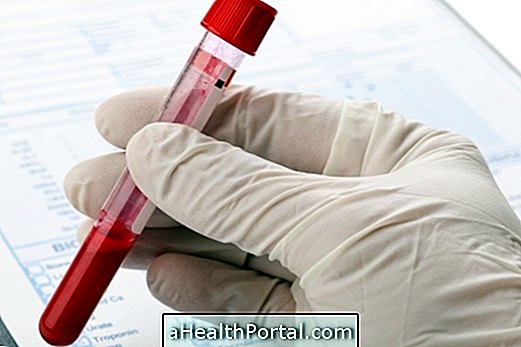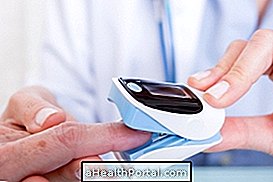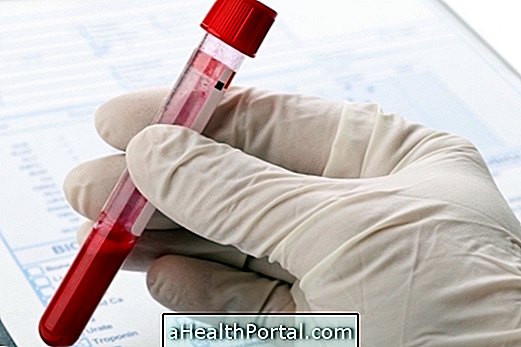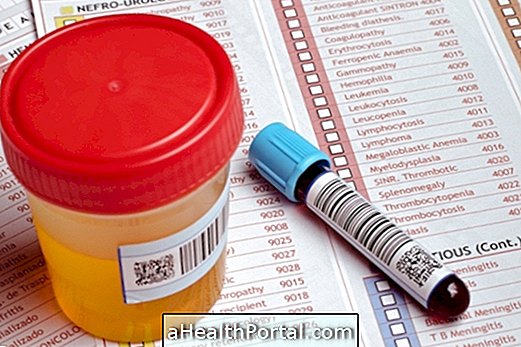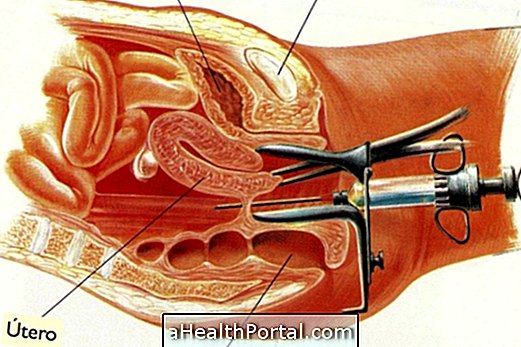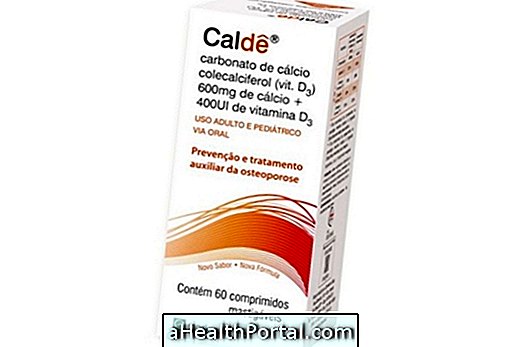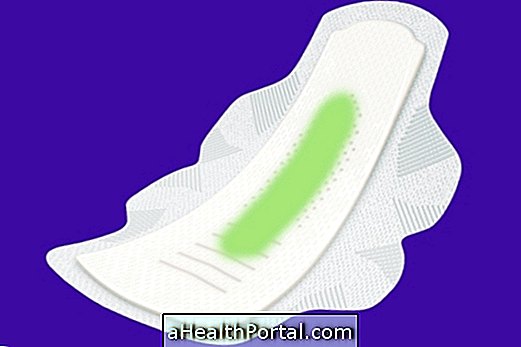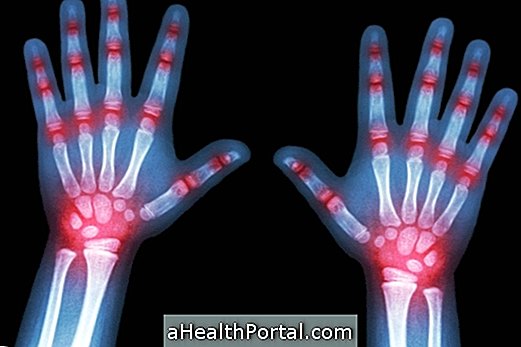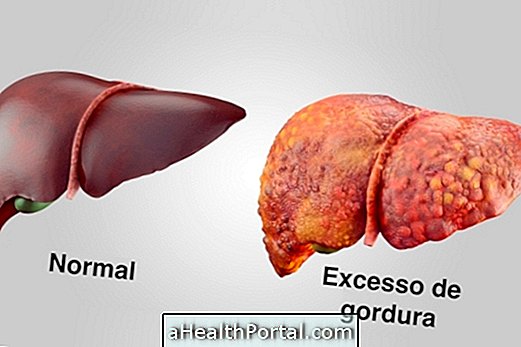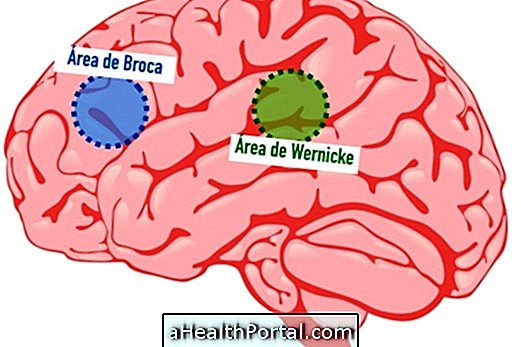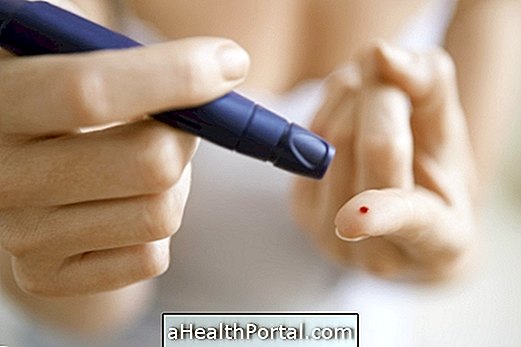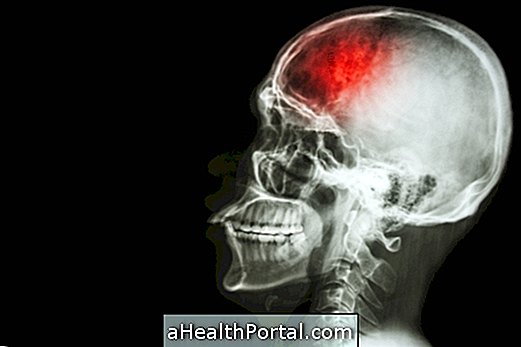The reference values of the complete blood count generally vary according to the sex and age of the patient, however, it is also possible to observe differences in values depending on the laboratory where the collection was made.
The blood count is used to evaluate certain blood aspects such as red blood cells, leukocytes and platelets, and is a good way to identify the presence of infections, excess iron or anemia, for example.
There is usually a sign of infection when leukocytes increase and there are signs of allergy when eosinophils increase, but it is important that the blood test is interpreted by the doctor who asked for the test because it should take into account the symptoms that the individual presents.
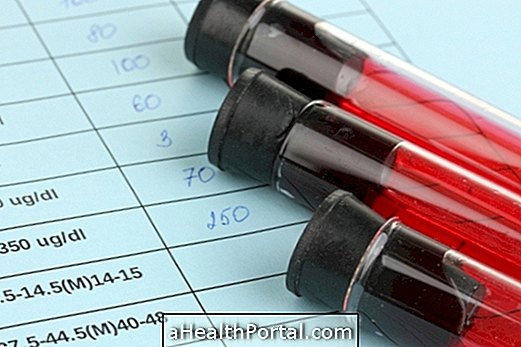
Erythrogram of children
| Reference values of the newborn | Reference values of the baby up to 1 year | Child reference values | |
| Erythrogram | |||
| Erythrocytes | 4.0 to 5.6 million / μL | 4.0 to 4.7 million / μL | 4.5 to 4.7 million / μL |
| Hemoglobin | 13.5 to 19.6 g / dL | 11.0 to 13.0 g / dL | 11.5 to 14.8 g / dL |
| Hematocrit | 44 to 62% | 36-44% | 37-44% |
| VCM | 77.0 to 101.0 fL | 77.0 to 95.0 fL | |
| HCM | 28.0 to 33.0 pg | 30.0 to 33.0 pg |
Hemogram of women
| Women's Reference Values | |
| Erythrogram | |
| Blood Cells | 3.9 to 5.4 million / μL |
| Hemoglobin | 12.0 to 16.0 g / dL |
| Hematocrit | 35 to 47% |
| VCM | 80.0 to 100.0 fL |
| HCM | 27.0 to 32.0 pg |
| CHCM | 31.0 to 36.0 g / dL |
| RDW | 10.0 to 16.0% |
| Leukogram | |
| Total leukocytes | 4000 to 11000 / μL |
| Rod neutrophils | 0 to 800 / μL |
| Segmental Neutrophils | 1600 to 8000 / μL |
| Lymphocytes | 900 to 4000 / μL |
| Monocytes | 100 to 1000 / μL |
| Eosinophils | 0 to 500 / μL |
| Basophils | 0 to 200 / μL |
| Platelets | 140, 000 to 450, 000 μL |
Hemogram in pregnancy
In the case of pregnant women, only the leukogram has different values, since they vary according to the trimester of pregnancy and the woman's age, with variation in the normal number of white blood cells. See the reference values for leukogram in pregnancy.

Hemogram of men
| Reference values | |
| Erythrocytes | |
Blood Cells | 4.2 to 5.9 million / μL |
| Hemoglobin | 13.0 to 18.0 g / dL |
| Hematocrit | 38 to 52% |
| VCM | 80.0 to 100.0 fL |
| HCM | 27.0 to 32.0 pg |
| CHCM | 31.0 to 36.0 g / dL |
| RDW | 10 to 16% |
| Leukogram | |
| Total leukocytes | 4000 to 11000 / μL |
| Rod neutrophils | 0 to 800 / μL |
| Segmental Neutrophils | 1600 to 8000 / μL |
| Lymphocytes | 900 to 4000 / μL |
|
Monocytes | 100 to 1000 / μL |
| Eosinophils | 0 to 500 / μL |
| Basophils | 0 to 200 / μL |
| Platelets | 140, 000 to 450, 000 μL |
Change of results
In order to interpret the results of the complete blood count, it is necessary to consult the doctor who requested the examination, since not always that there is a change in the values of the examination means that there is a health problem.
When there is any change in the results of the blood count, it is important that the doctor evaluates the person, taking into consideration the symptoms presented. Often, although there is some slight change in one of the blood count values, this does not necessarily represent a health problem. Learn how to interpret blood count results.

